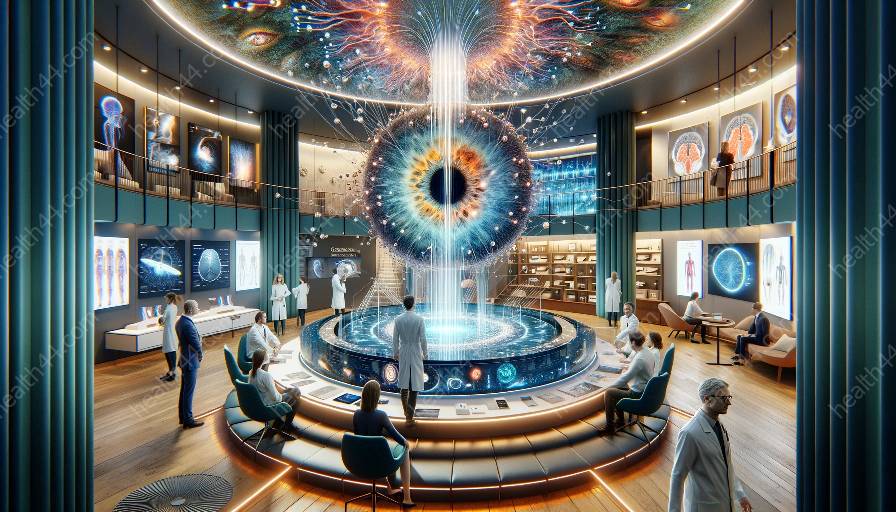Understanding visual perception is crucial to comprehending the employment opportunities for individuals with visual impairments. The way individuals with visual impairments experience and interpret the world around them significantly impacts their potential for employment. When considering employment opportunities, it is essential to understand how visual perception influences the ability of these individuals to perform various tasks.
The Role of Visual Perception in Employment Opportunities
Visual perception refers to the brain's ability to interpret and make sense of visual information received from the environment. For individuals with visual impairments, visual perception is also essential, as it allows them to utilize their remaining vision effectively. The role of visual perception in employment opportunities for individuals with visual impairments is multifaceted.
Access to Information and Communication
Visual perception significantly affects an individual's ability to access information and communicate effectively. When considering employment opportunities, individuals with visual impairments may face challenges in accessing written information, interpreting visual cues, and using traditional visual communication methods. Understanding their visual perception needs is critical in creating a supportive and inclusive work environment.
Job-Specific Tasks and Spatial Awareness
Visual perception also plays a crucial role in performing job-specific tasks and maintaining spatial awareness in the work environment. Whether it's navigating spaces, using tools and equipment, or interpreting visual data, individuals with visual impairments rely on their visual perception to adapt and effectively carry out their responsibilities. Employers need to be aware of these challenges and provide necessary accommodations.
Vision Rehabilitation and Empowerment
Vision rehabilitation is a vital aspect of empowering individuals with visual impairments to maximize their potential in the workplace. By addressing visual perception challenges through rehabilitation and training, individuals gain the skills and confidence needed to pursue diverse employment opportunities.
Enhancing Residual Vision
Vision rehabilitation programs focus on maximizing an individual's residual vision by providing adaptive strategies, assistive devices, and training in using non-visual cues. This empowers individuals with visual impairments to overcome visual perception barriers and perform tasks related to their employment effectively.
Assistive Technology and Accessibility
Vision rehabilitation also encompasses the use of assistive technology and accessible tools to enhance an individual's ability to perceive and interact with visual information. Employers can support vision rehabilitation efforts by ensuring a technologically inclusive workplace environment and providing necessary accommodations for individuals with visual impairments.
Creating Inclusive Employment Opportunities
Understanding the intersection of visual perception and employment opportunities for individuals with visual impairments is crucial for fostering inclusive workplaces. By acknowledging and addressing the challenges related to visual perception, employers can create an environment where individuals with visual impairments can thrive.
Training and Awareness
Employers and coworkers can benefit from training and awareness programs that enhance their understanding of visual perception and its impact on individuals with visual impairments. This fosters empathy, promotes inclusive practices, and creates a supportive atmosphere for all employees.
Accommodations and Accessibility
Providing reasonable accommodations and ensuring workplace accessibility is essential in creating inclusive employment opportunities. This may include modifying workspaces, utilizing adaptive technology, and implementing inclusive design principles to accommodate the visual perception needs of individuals with visual impairments.
Conclusion
Visual perception plays a significant role in defining employment opportunities for individuals with visual impairments. By recognizing the impact of visual perception on accessing information, performing tasks, and navigating the work environment, employers can take proactive steps to create inclusive workplaces. Vision rehabilitation programs further enhance the abilities of individuals with visual impairments, empowering them to contribute effectively to diverse employment opportunities.





















